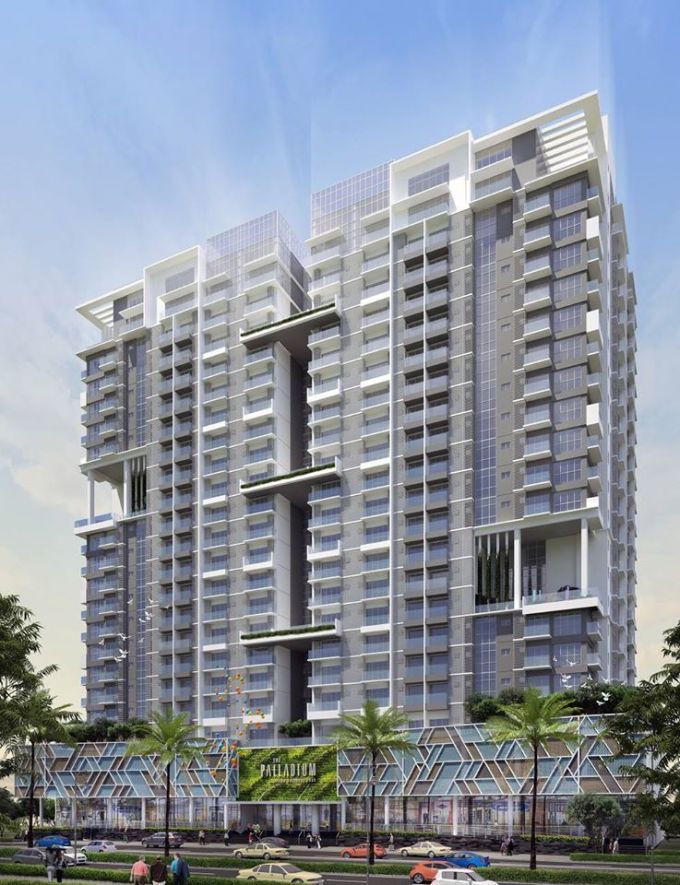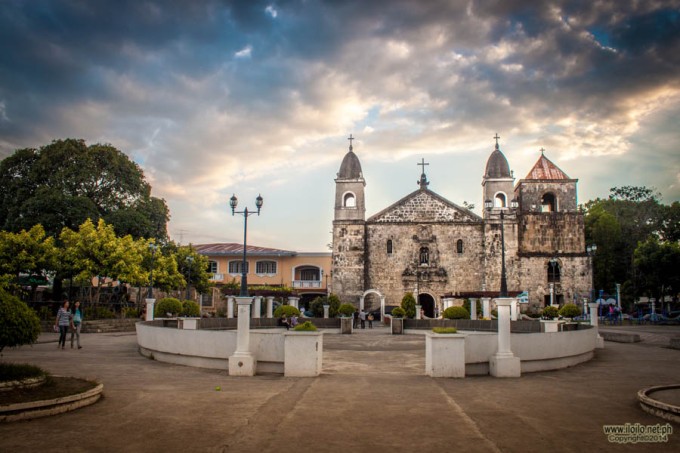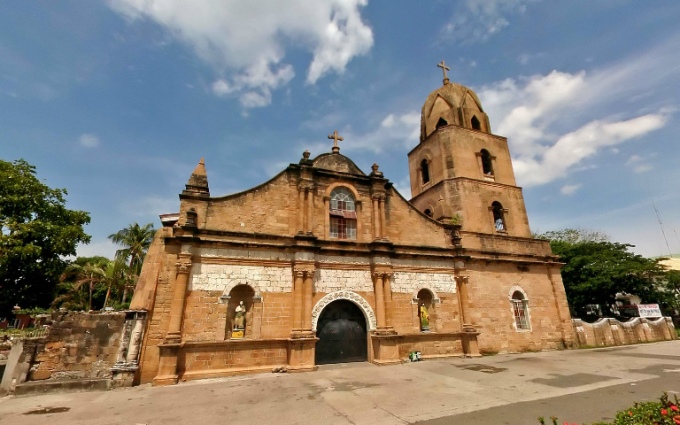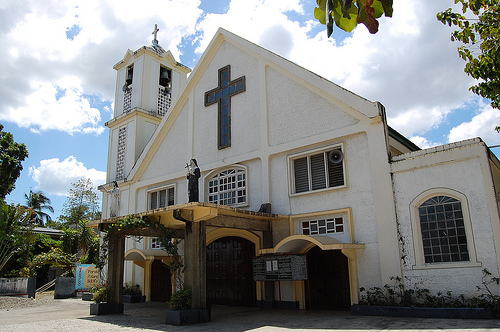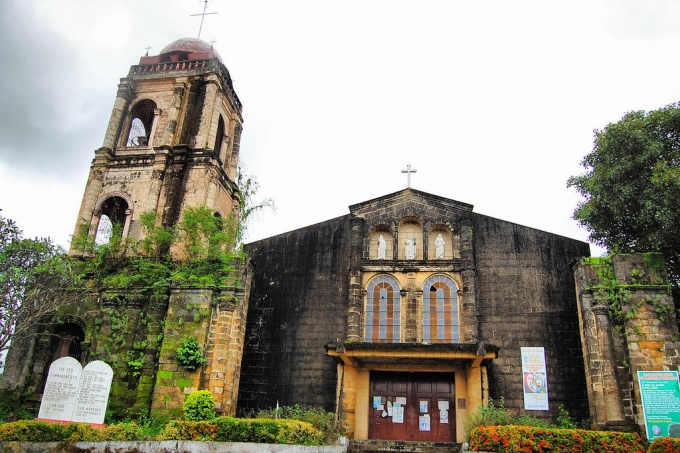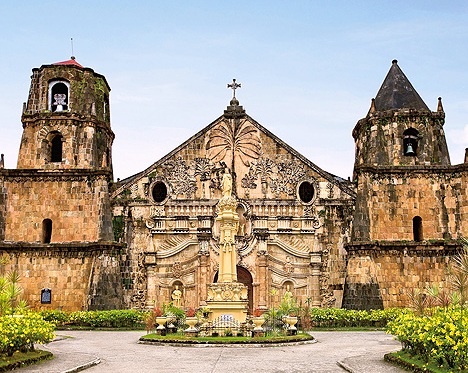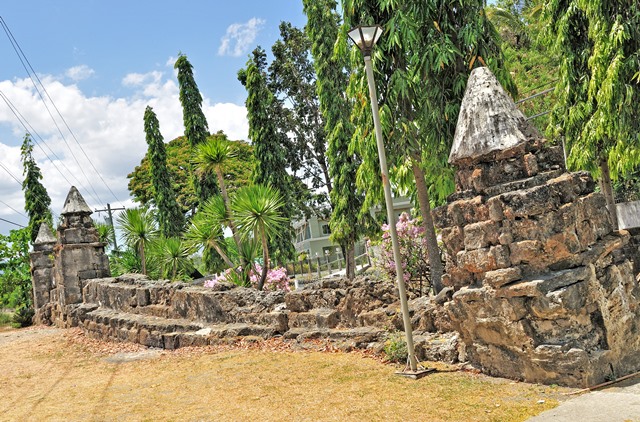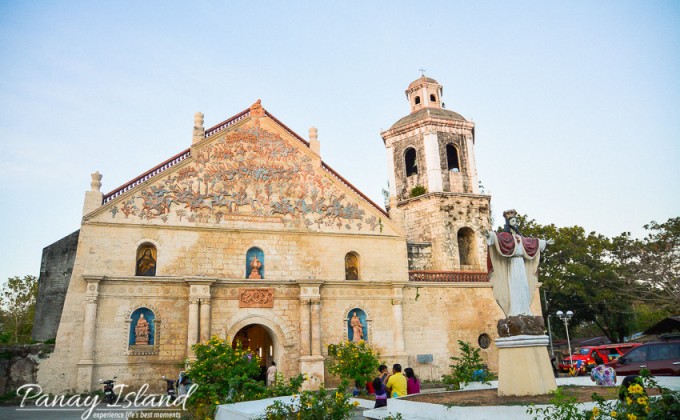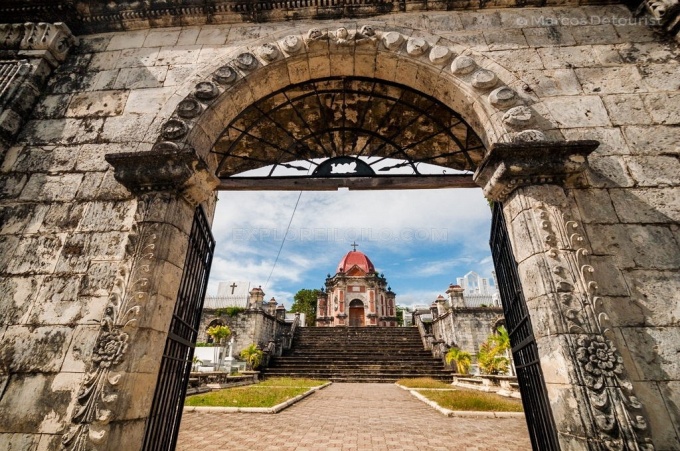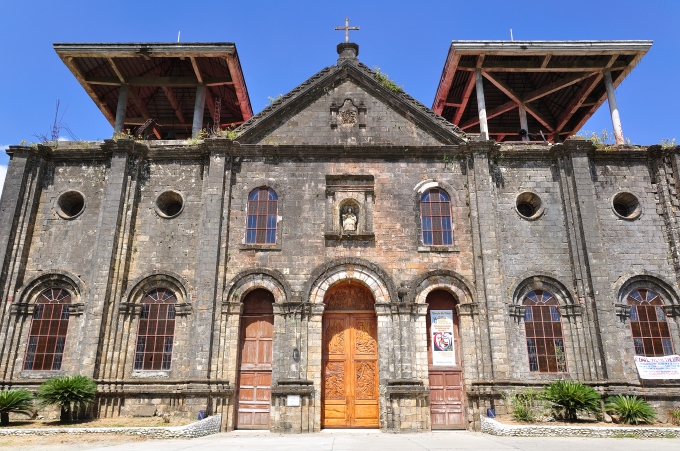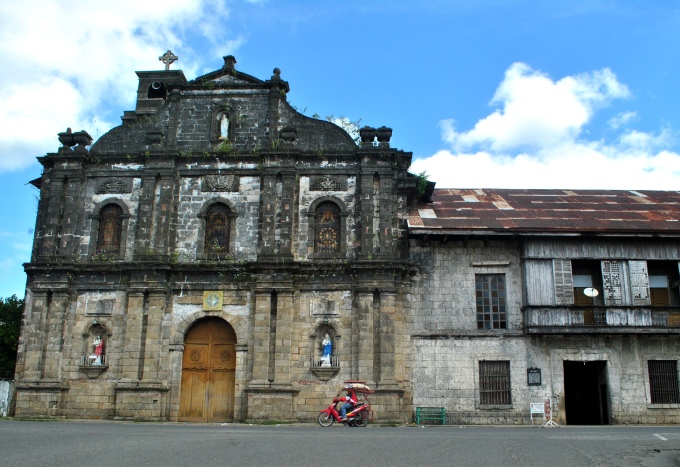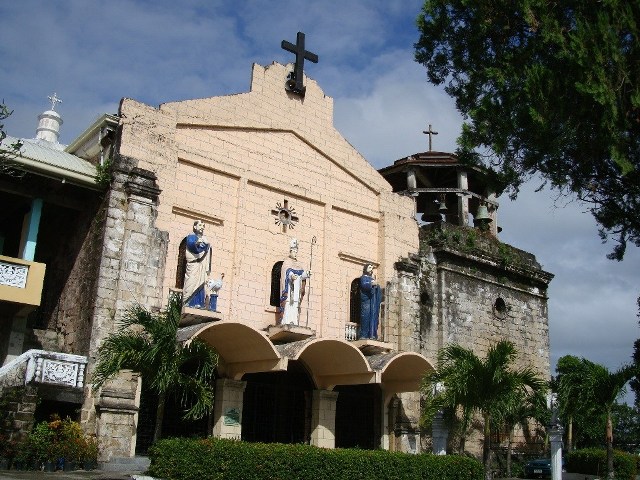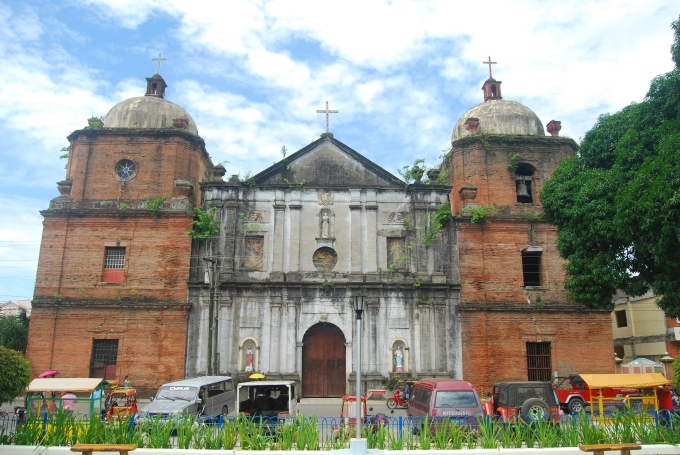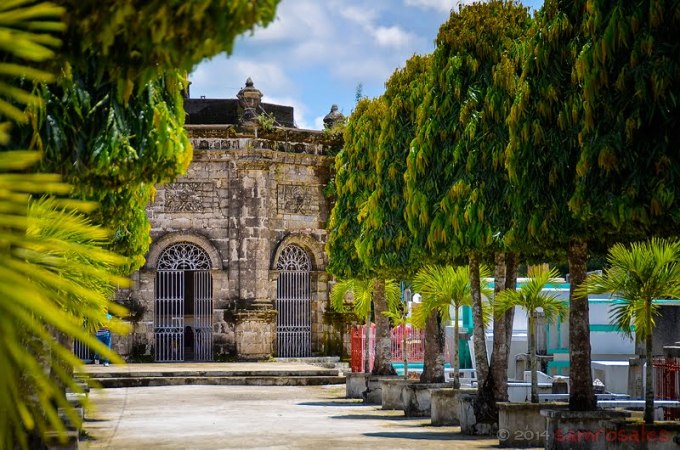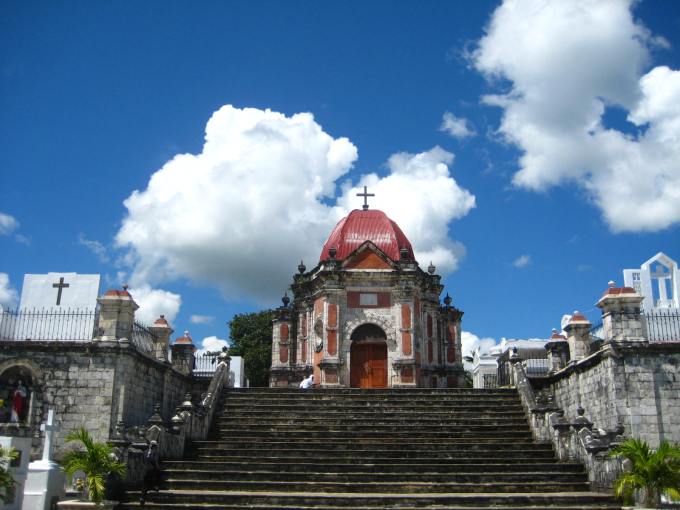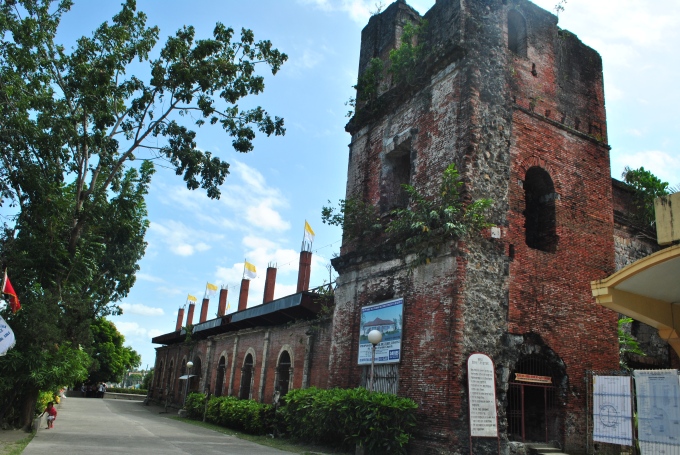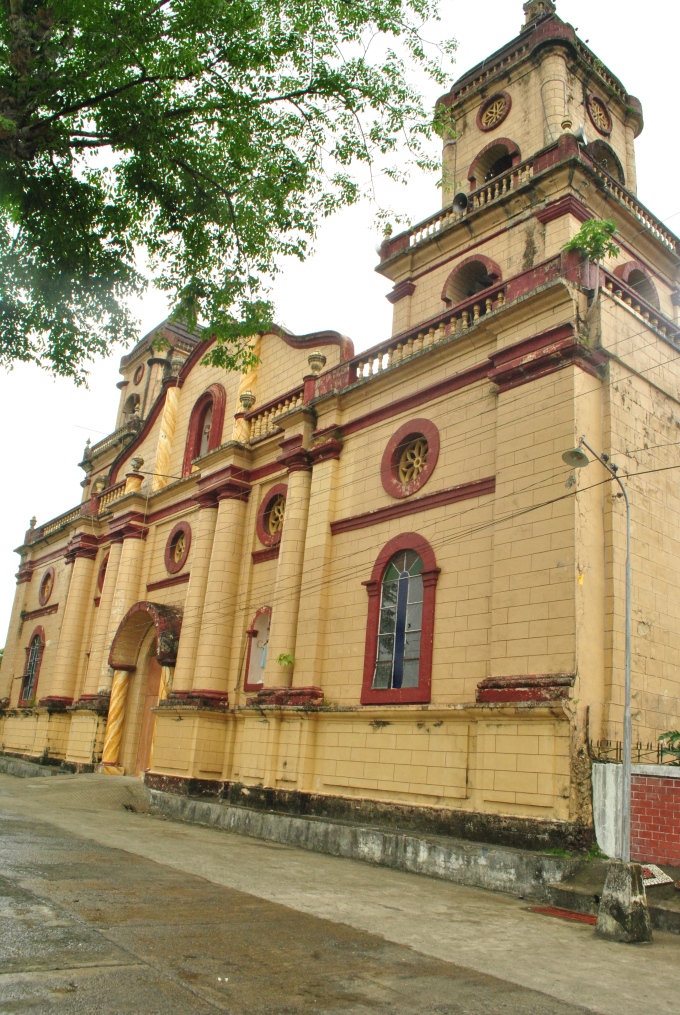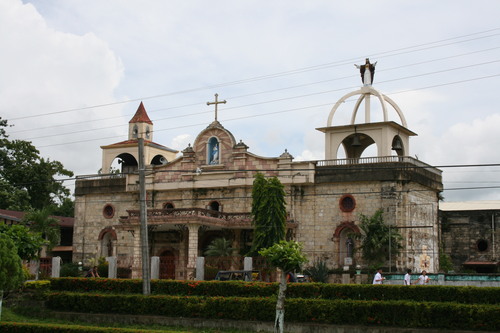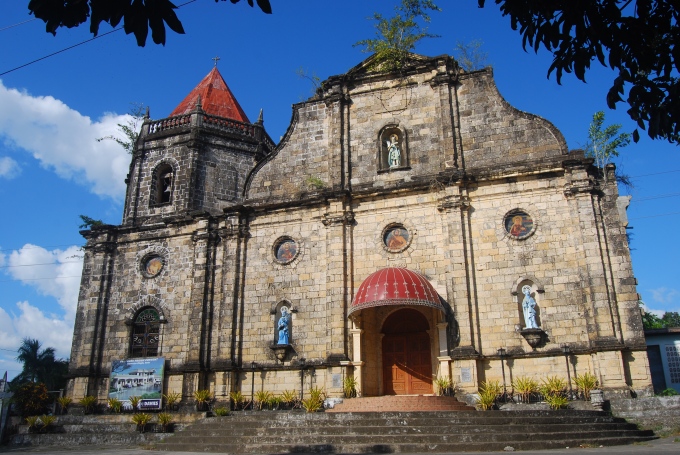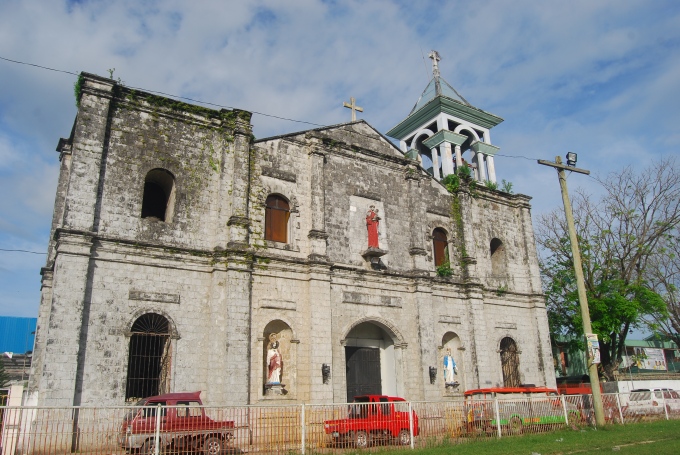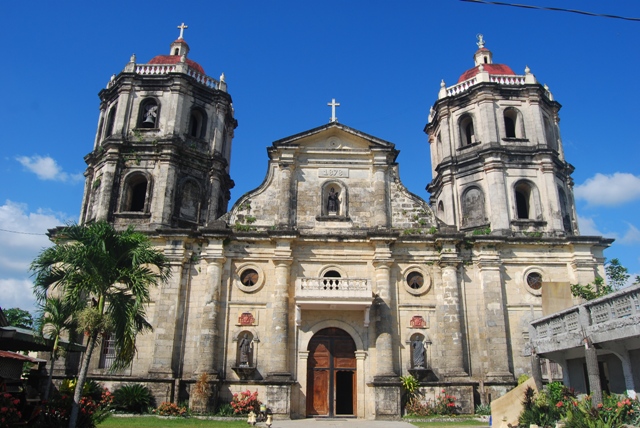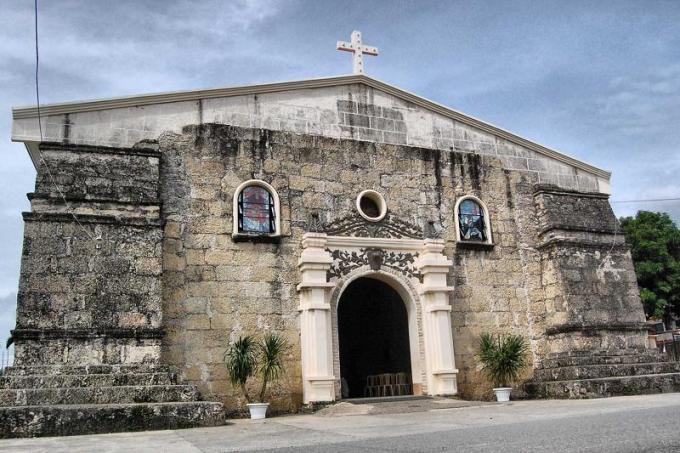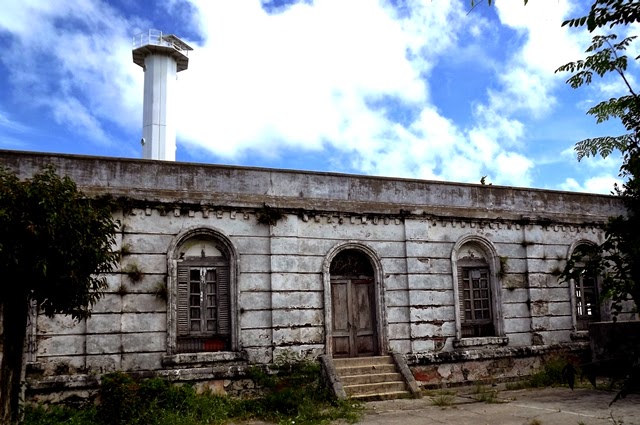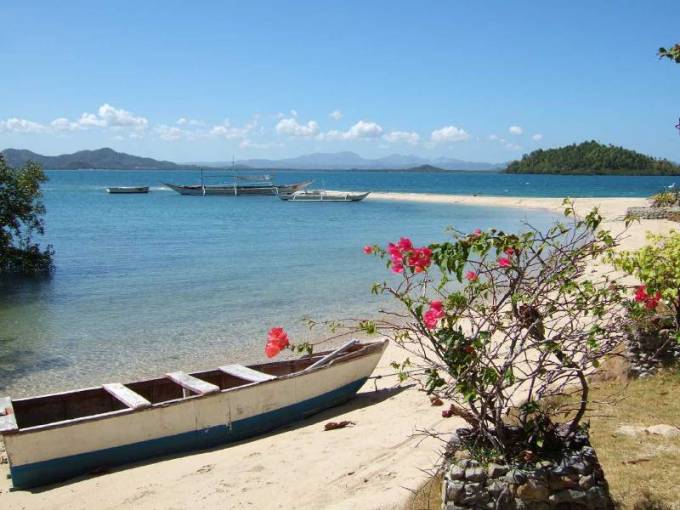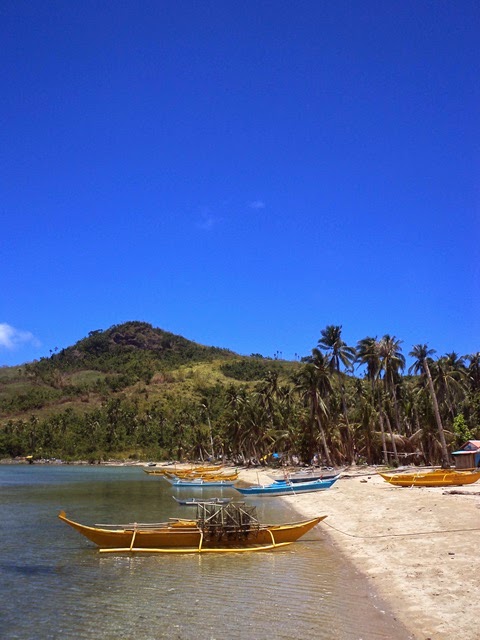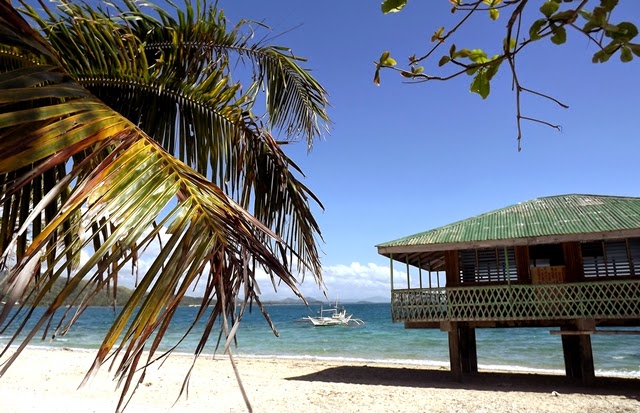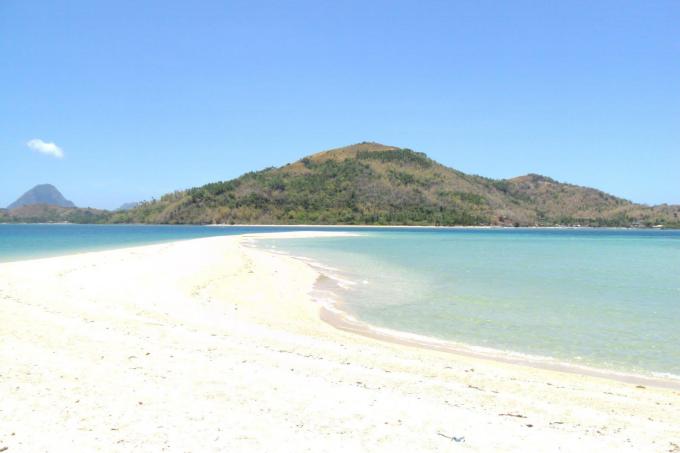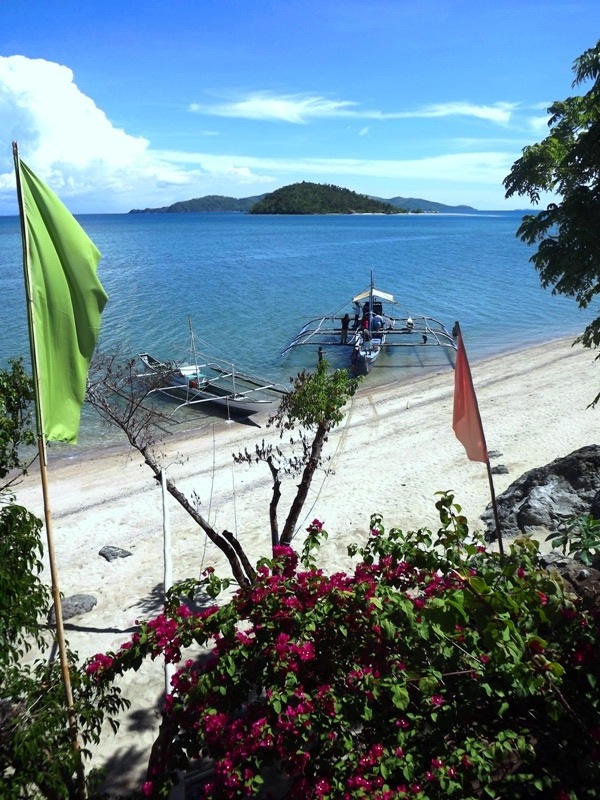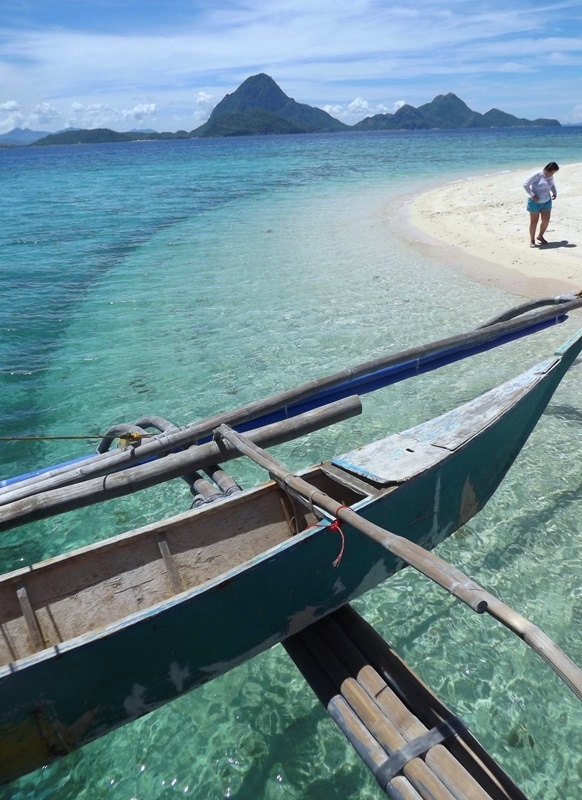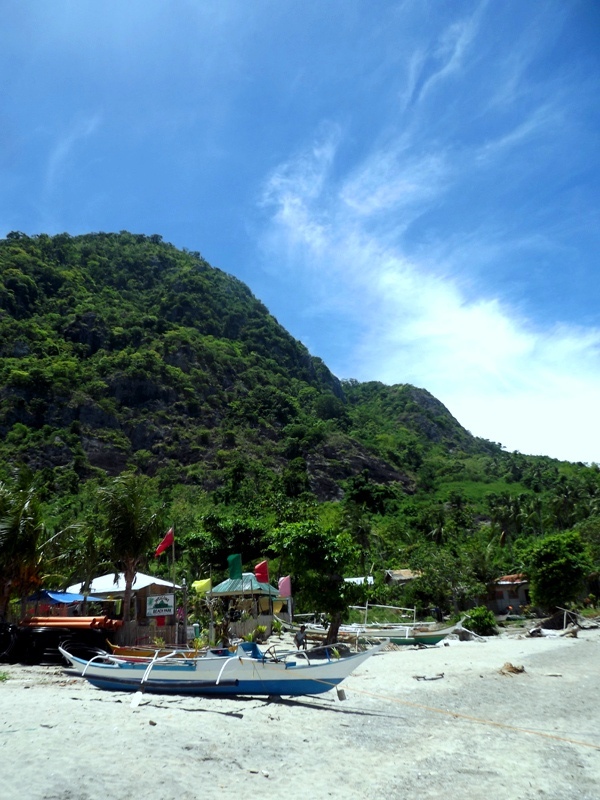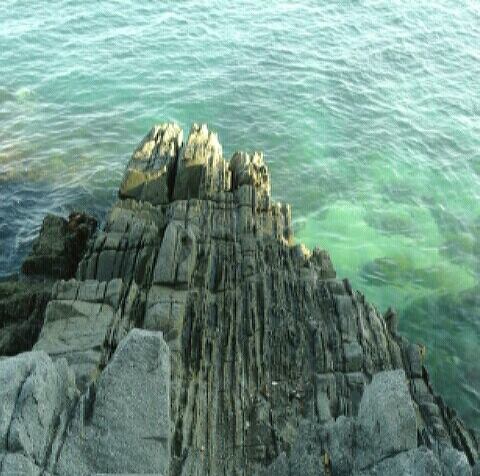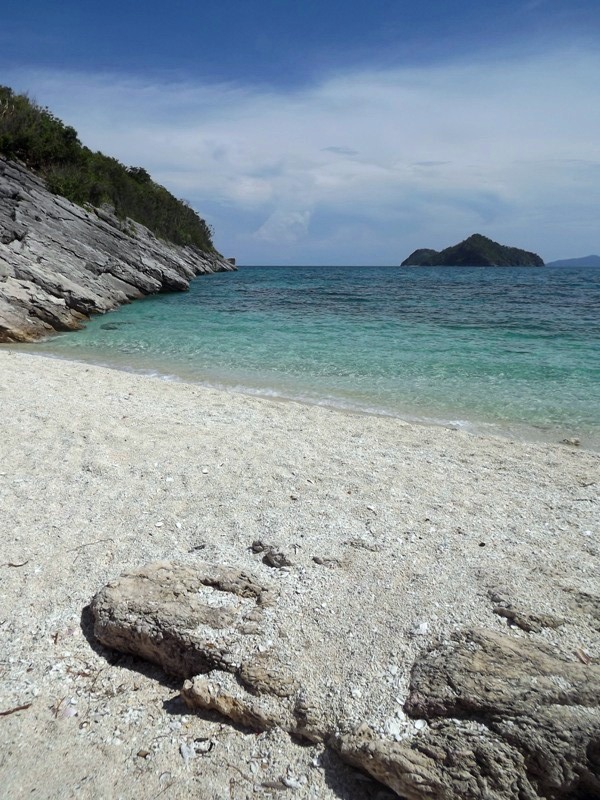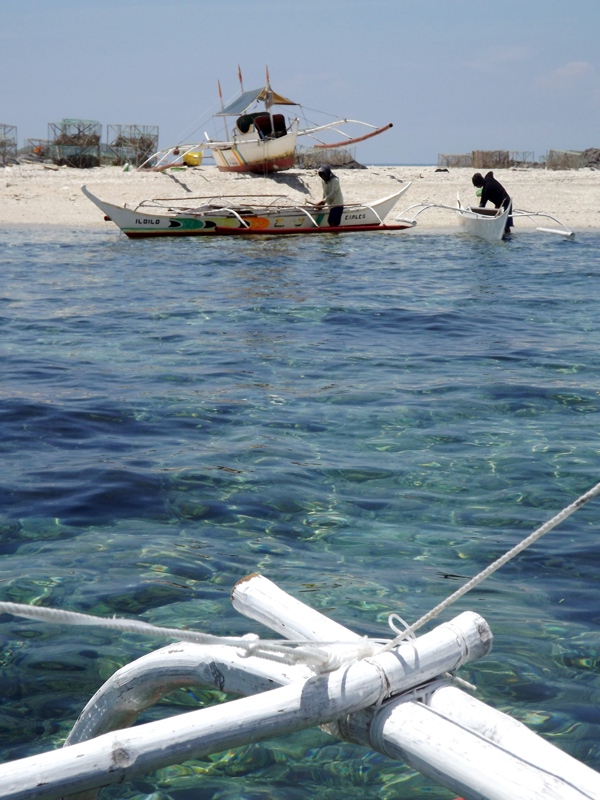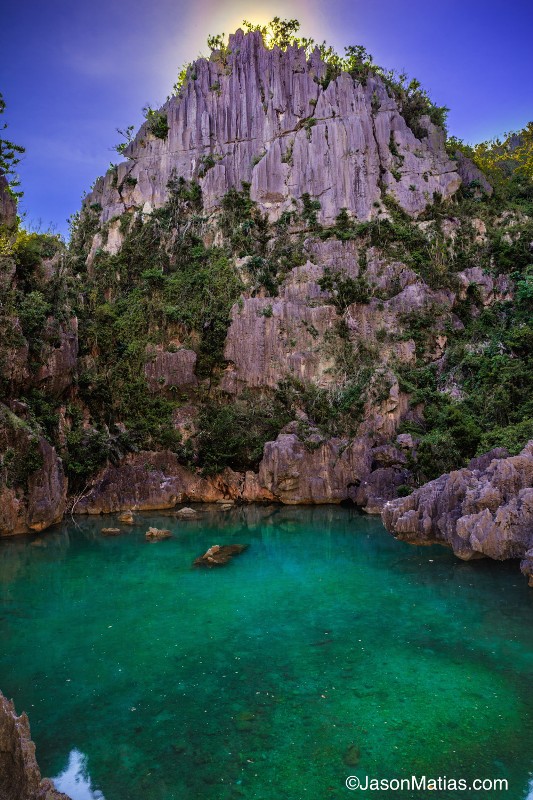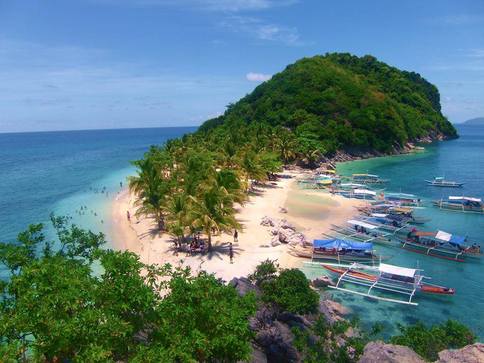

There’s no way you’ve walked through a bookstore, flipped through a magazine, or even scrolled through sites like this one without seeing story after story devoted to the alluring way French women approach beauty, fashion, and life in general. That said, there’s so much more to pulling off a quintessentially French vibe than just tousling your hair and throwing on a striped shirt.
Here are 12 genius beauty secrets and lifestyle tips from French women that are absolutely worth putting to the test every day.
- Follow a French diet for better skin.
By diet, we mean the stuff you should be consuming on a day-to-day basis—not something that’s used only for weight loss.
In The French Beauty Solution, author and founder of beloved beauty brand Caudalie Mathilde Thomas notes that the French typically follow a Mediterranean-style diet, which consists of “fresh vegetables and fruit, whole grains, nuts, legumes, olive, oil, and fish,” with little meat and even less processed foods.”
- Switch up your water.
Thomas notes that water from natural springs or mineral water is packed with stuff like calcium, magnesium, potassium, and sodium—all things that are good for your health (she drinks Vichy Célestins and Hépar, FYI.) - Wear perfume.
This is one you’ve heard before, but French women seem to have a different relationship with fragrance. In fact, French President of Physician’s Formula, Ingrid Jackel, was quoted to Elle as saying, “I was taught to use fragrance every day since I was a little girl. I feel naked without it on.” French women have a ton of tiny tricks to keep it on, too.
In her book, Thomas admits she likes to spray it on a cotton handkerchief then place it in her bag so the scent lingers longer.
- Take time for your skin—especially before travel.
Marie-Laure Fournier, a PR pro who represents clients like Orlane to The Organic Pharmacy says that every French woman she knows is always prepping her skin before taking off for vacay.
“Most of them will eat a lot of antioxidant-filled food, or there’s a company called Oenobiol which has been a big French secret for decades and offers different pills to help you with your beauty issues.”
- Watch your snacking—and sit down to eat.
In The French Beauty Solution, Thomas notes that the French sit down to a proper meal, as opposed to refueling in front of the computer or the TV. She also says that while the French eat good food (read: cheese, bread, cream), they do so in moderation. Similarly, Fournier notes that the French tend to teach their children not to snack between meals. - Have that red wine at dinner.
It’s always in the news for its reported health benefits, but there’s no denying that the French have also learned to truly savor the taste. In her book, Thomas even teaches you how to drink wine like the French with a roundup of helpful tips on when to uncork it, how to bask in its fragrance, and more. - Don’t just accept imperfections—embrace them.
French actress Mona Walravens spoke to this point in a recent interview: “I think it’s the natural aspect of beautiful French women, the less-is-more style. For example, I really like light dark circles, I think they’re beautiful. I feel that Americans have a more standardized approach to beauty, whereas the strength of French women lies in their physical uniqueness.”
She added that French women accept imperfections and “manage to emphasize the unique aspect of beauty instead of trying to modify and change it and move towards a standard of beauty, like having full lips and a small nose.”
- Go for a bun—and make it messy.
Thomas notes that an imperfect bun is a French woman’s must-have. “Walk into practically any office in Paris (including Caudalie’s) and you’ll see rows upon rows of perfectly messy buns.” - Learn to give yourself a facial massage.
“French woman are obsessed with face massages to maintain a healthy glow, skin tissue health and relieve facial stress,” French celebrity epidemiologist explained to Daily Makeover. - Try highlighting instead of contouring.
In an interview with The Cut, French makeup artist Violette mentioned that there isn’t even a French translation for contouring and instead, they play with light and highlighting.
“Contouring is not our thing because the main beauty philosophy in France is to accept who you are. That’s what makes the French look so specific. We just do a little. We want to keep it simple. Even if we don’t have the best cheekbones, we put the focus on our lips or lashes.”
- Wear a bold red lip.
We know it’s a little cliché, but you can’t talk about French beauty and not mention a red lip. Violette voiced this in an interview with Vogue: “Red lipstick is a fashion accessory. So we won’t wear any other makeup with it. Then our hair has to be messy, our skin has to be perfect, and we’ll just wear jeans and heels because the lipstick makes the statement.” - Embrace a “Je ne sais quoi” attitude.
Fournier notes that “self-confidence” is perhaps the greatest “ally of French women.”


To cap his beauty and lifestyle regimen, it’s even more impressive when you choose to live like French and appreciate the passion of Paris with Saint Honore. French lifestyle is known have the colors of romance, passion and serenity. Saint Honore is Iloilo Business Park’s newest residential tower boasting with 10 floors and stunning amenities on its third level amenity deck. The classy amenities include a swimming pool, pool lounge, fitness center and function hall. The charming scenery of Paris’ Tuilleries Garden comes alive with the tower’s Atrium, a ground level landscaped garden with relaxing trellised seats and ambiance that provides lasting tranquillity. Saint Honore carries the architectural concept and design of French culture, giving you a glimpse of the glorious past. The tower’s first floor is also dedicated for commercial shops and stores where exciting lifestyle awaits you. It is located near the 1.1-kilometer Festive Walk Parade, the township’s long-stretching shopping and dining destination.

A few steps away from the tower, residents can enjoy the best of township lifestyle perks with Festive Walk Mall, Richmonde Hotel Iloilo, Courtyard by Marriot Hotel, Iloilo Convention Center, BPO buildings and Commercial District.
Saint Honore’s living perspective goes beyond the concept of beautifying your lifestyle regimen, it elevates your life up to a higher ground of passion. It gives you the lasting glimpse of what it means to live like a French while enjoying prestigious lifestyle perks within a township, reminiscing a life in Paris, the world’s “city of lights.”
Invest for your own space now at Saint Honore. For queries, you may call (033) 330-3464 or visit IBP Sales and Information Center.


